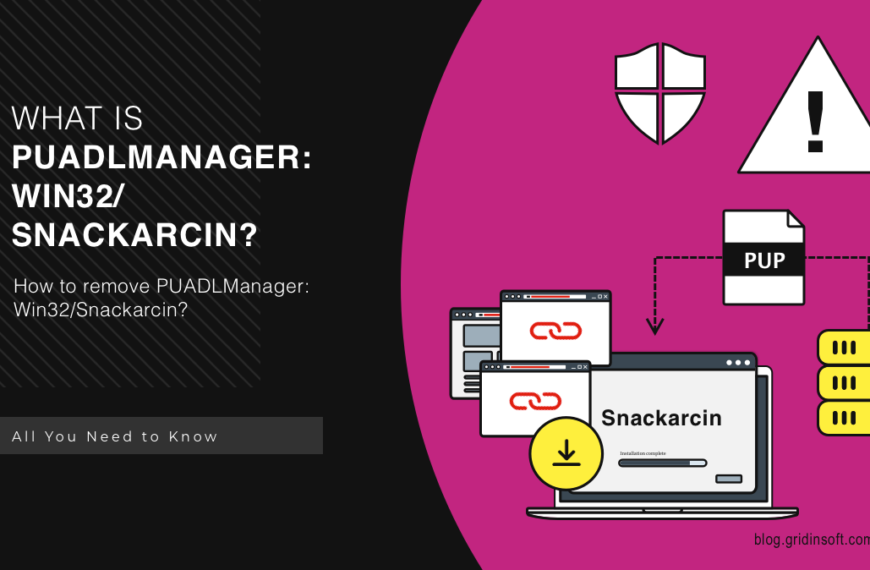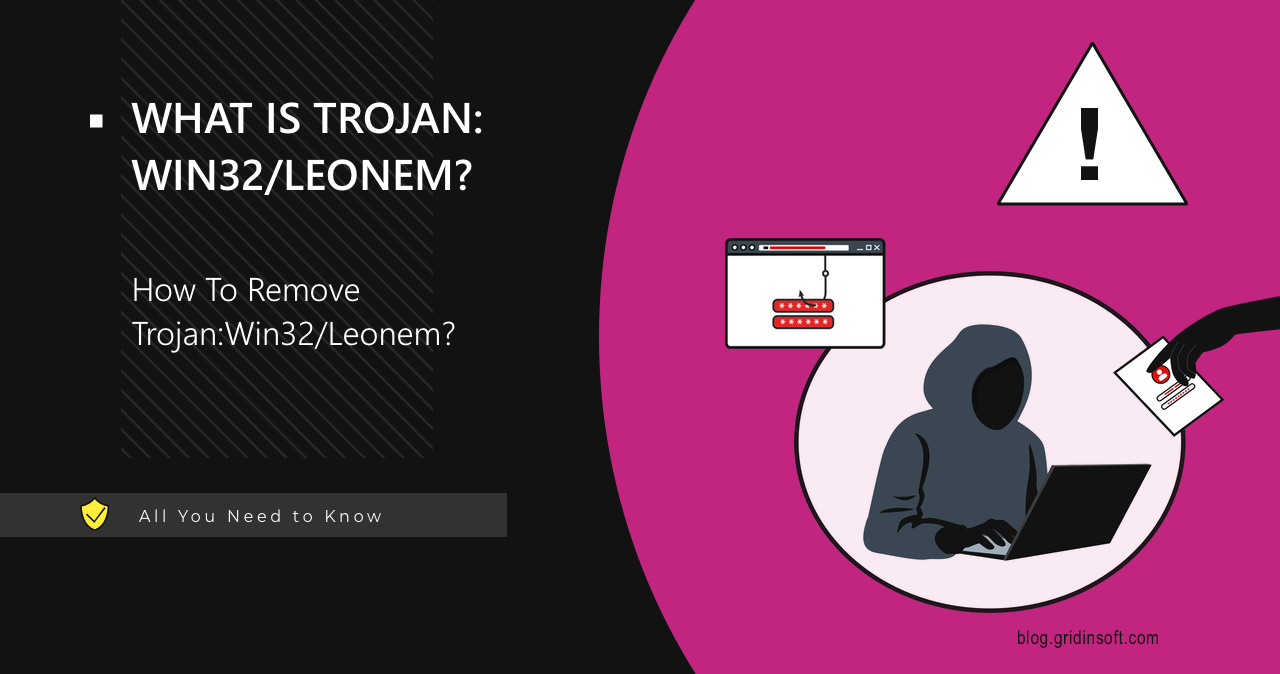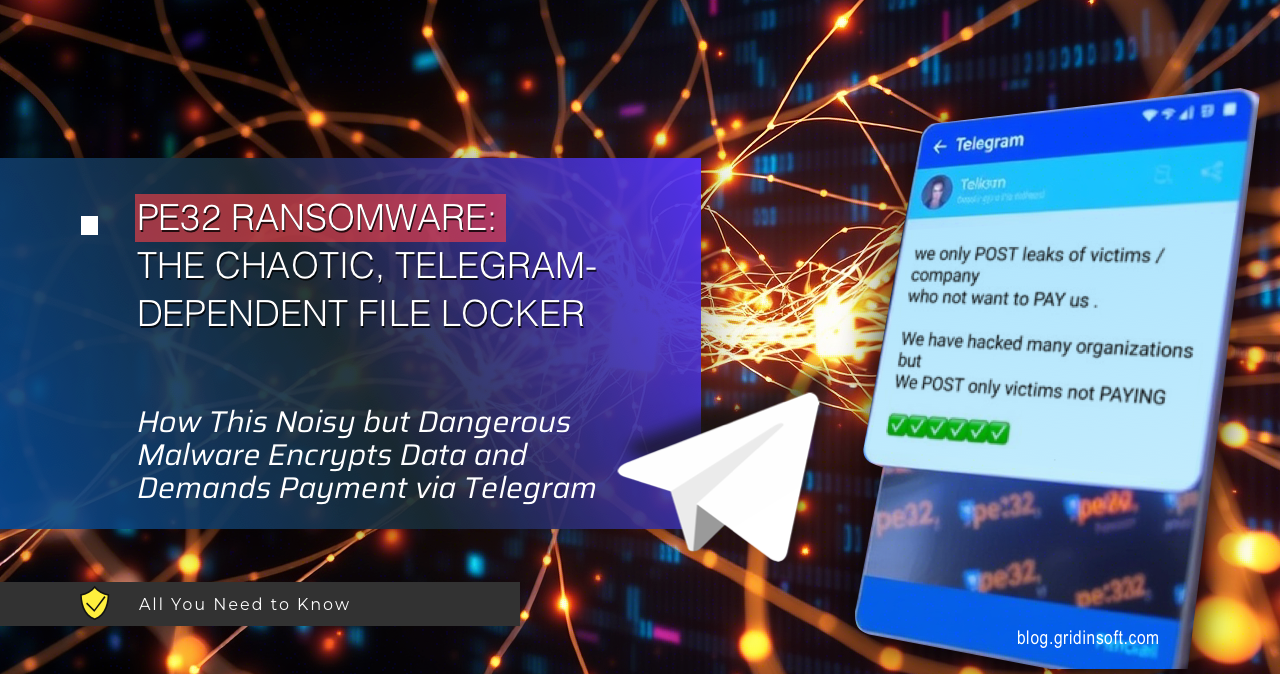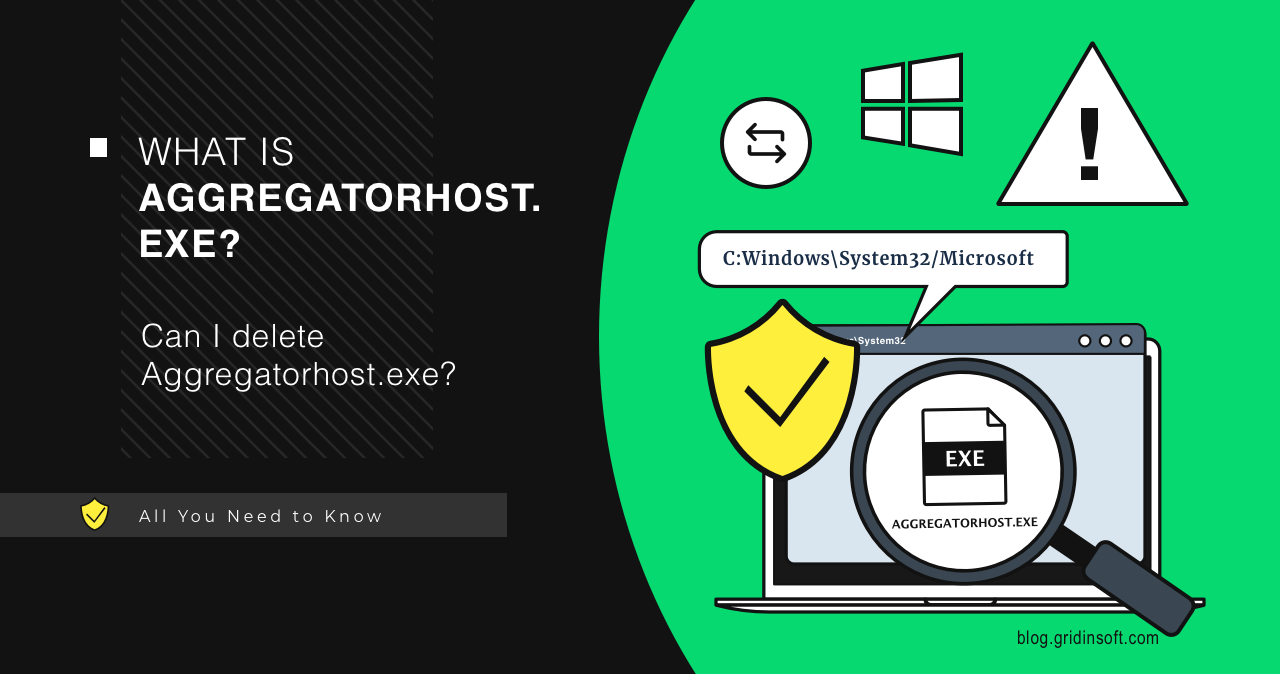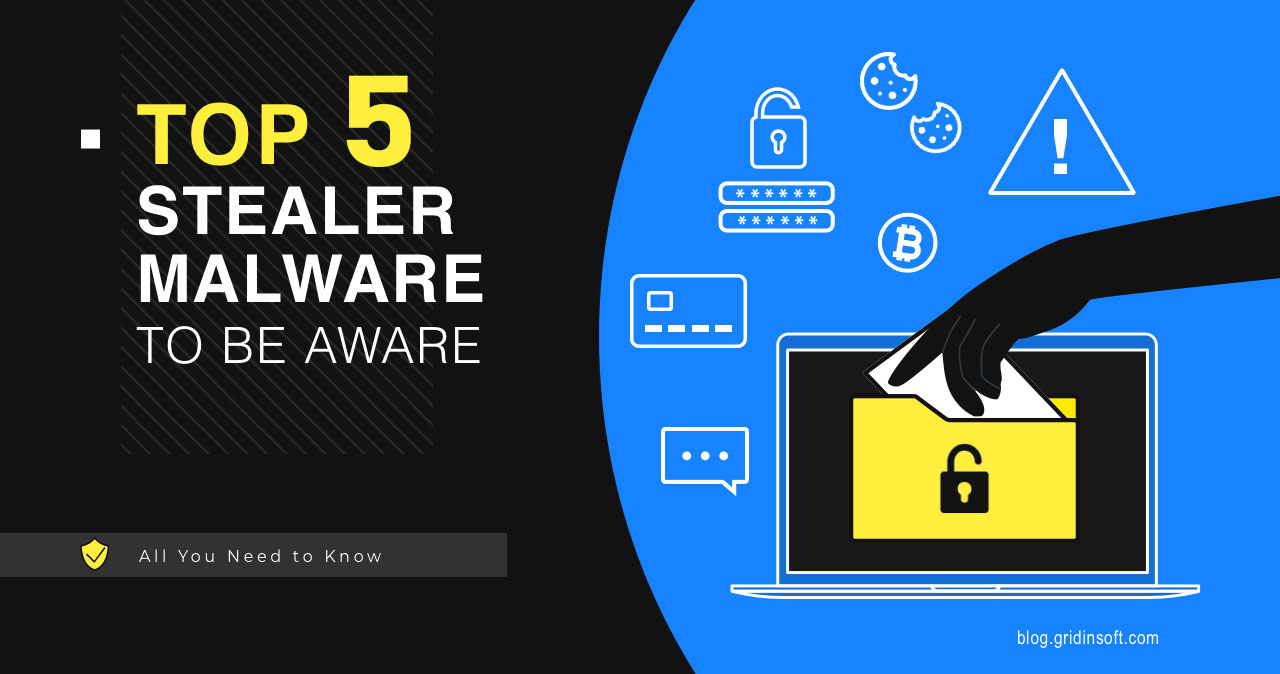Gridinsoft Security Lab
Noodlophile Stealer: Cybercriminals Hijack AI Hype to Steal Your Data
Just when you thought cybercriminals couldn’t get more creative, they’ve found a way to weaponize our collective obsession with AI. Meet Noodlophile Stealer, a newly discovered information-stealing malware that’s turning the AI revolution into a data theft operation. Because apparently, even malware developers want to ride the artificial intelligence wave. Name Noodlophile Stealer, Noodlophile Malware […]
Trojan:Win32/Leonem – Information Stealer Analysis & Removal Guide
Trojan:Win32/Leonem is an information-stealing threat that targets user credentials and system security. This malware harvests passwords while disabling security protections. It functions as both a data stealer and malware dropper, creating multiple attack vectors. Information-stealing trojan that harvests credentials from browsers and email clients while potentially dropping additional malware payloads Understanding Trojan:Win32/Leonem Trojan:Win32/Leonem is Microsoft […]
Octalyn Stealer: How This Threat Steals Passwords, Crypto & Browser Data
Octalyn Stealer is an information-stealing malware that’s currently being promoted on GitHub – because apparently, even cybercriminals believe in open-source development these days. Contrary to initial reports, this malware is actually written in Pascal/Delphi with a user-friendly control panel, making it accessible even to less technically skilled cybercriminals. This isn’t your garden-variety trojan that just […]
Trojan:Win32/Kepavll!rfn Virus Analysis & Removal Guide
Ever had Windows Defender suddenly freak out about some file you’re pretty sure is harmless? Welcome to the wonderful world of Trojan:Win32/Kepavll!rfn – probably the most annoyingly vague threat detection you’ll ever encounter. This thing pops up all the time for completely legitimate software, though occasionally it does catch actual nasties. Detection Name Trojan:Win32/Kepavll!rfn Detection […]
MaksStealer (MaxCoffe): The Minecraft Mod That’s Actually Stealing Your Passwords
For Minecraft Gamers: MaxCoffe masquerading as a Minecraft performance enhancer! MaksStealer is an information-stealing trojan targeting Minecraft players, especially those on the popular Hypixel SkyBlock server. It promises to boost your gameplay or provide cheats but actually runs off with your passwords, crypto, and Discord account. I’ve analyzed dozens of these gaming-related malware strains, and […]
Almoristics Application: What It Is & How to Remove Virus Miner
Almoristics Application is a devious crypto miner that’s causing headaches for countless Windows users. It’s definitely not a legitimate Windows process – just a parasite designed to mine cryptocurrency while you wonder why your computer’s fans sound like they’re preparing for takeoff. You’ll typically spot it in Task Manager with a suspicious heart-shaped icon, looking […]
Account Verification Alert Email Scam: How to Spot and Stay Safe
The “Account Verification Alert” phishing scam is showing up more and more in email inboxes. These fake messages claim your account needs to be verified or it will be shut down. This guide shows you how to spot this dangerous scam, what happens if you click on the verification link, and steps to protect yourself. […]
Truth About 0.31 BTC Xprobit ELON31 Promo Code
The “0.31 BTC Xprobit ELON31 Promo code” promising 0.31 BTC is a scam, designed to deceive users into depositing funds they cannot withdraw. Xprobit.com, the associated website, shows multiple red flags, which we will analyze further. 0.31 BTC Xprobit ELON31 Promo Code Scam Overview The Xprobit ELON31 Promo code is promoted as a way to […]
“Someone Entered Correct Password For Your Account” Email Scam
“Someone Entered Correct Password For Your Account” is a wave of scam emails that pretends to be a security alert. These messages are designed to panic you into acting quickly, but in reality, every single take it has is just lies. In this article, I will tell you why it is fake and how to […]
PE32 Ransomware
PE32 Ransomware is a recently discovered malware strain that encrypts your files and asks for payment to unlock them. Victims can recognize the files by the sample-specific extension (.pe32), with them becoming inaccessible in normal ways. This malware caught researchers’ eye particularly for using Telegram as a platform for ransom payment negotiations, which is unusual […]
AggregatorHost.exe – That Mysterious Windows Process Explained
Ever spotted “AggregatorHost.exe” lurking in your Task Manager and wondered what the heck it is? You’re not alone. This sneaky little process pops in and out of your Task Manager like that friend who only shows up when they need something. Let’s demystify what it’s really doing in your system. What is AggregatorHost.exe Actually Doing […]
Top 5 Infostealer Malware of 2025: The Silent Data Snatchers
Remember when we used to worry about viruses that just crashed your computer? Those were simpler times. In 2025, cybercriminals prefer to steal your data rather than destroy it. Welcome to the golden age of infostealer malware – the digital pickpockets that empty your accounts while you’re busy scrolling through cat videos. The data tells […]

